There’s a slogan I learned that gives an insight to the attitude of the people of Oklahoma City—the “Oklahoma Standard”. This slogan was born in the aftermath of the 1995 Oklahoma City bombing, when rescuers came to help, and the local citizens went out of their way to help the rescuers. The way I heard the story told, the rescue teams that arrived were many of the same rescuers that were in New York following the 1993 World Trade Center bombing. Those rescuers in New York had to buy all of their supplies; in Oklahoma, they weren’t “permited” to spend a dollar. People were so grateful, and so friendly, and so helpful, that a new standard was set—the “Oklahoma Standard”.
I’m happy to report that this standard is still alive and well today.
Carl Shortt (@cshortt on twitter) approached me both on this blog and on twitter, offering not only a place to stay while visiting Oklahoma City on my cross-country adventure, but to show me the highlights of his lifelong home. An avid photographer himself, he was eager to show me around and spend the day shooting together. And shoot we did! From the moment I woke up and was rushed out the door to a local favorite for breakfast, to the sunset shoot on the lake (a lake?!—yep, they’ve got one), to the sunrise shoot at Pops on Route 66 the following morning, Carl went above and beyond, proving that the Oklahoma Standard is not only alive and well, but thriving—and I’d like to think being raised every day.
These are my photographs of the Oklahoma City Memorial. If your recollection of this tragedy is fuzzy, a quick google will refresh your memory. The monument stands at the location of the original Federal building, and the reflection lake sits where Timothy McVeigh’s truck was parked when it ended the lives of 168 men, women and children at 9:02am on April 19, 1995.

The 9:01 gate; the south entrance to the Oklahoma City Memorial. The two entrances are marked as 9:01 and 9:03; the moment before and the moment after the bombing. At 9:02, everything changed.
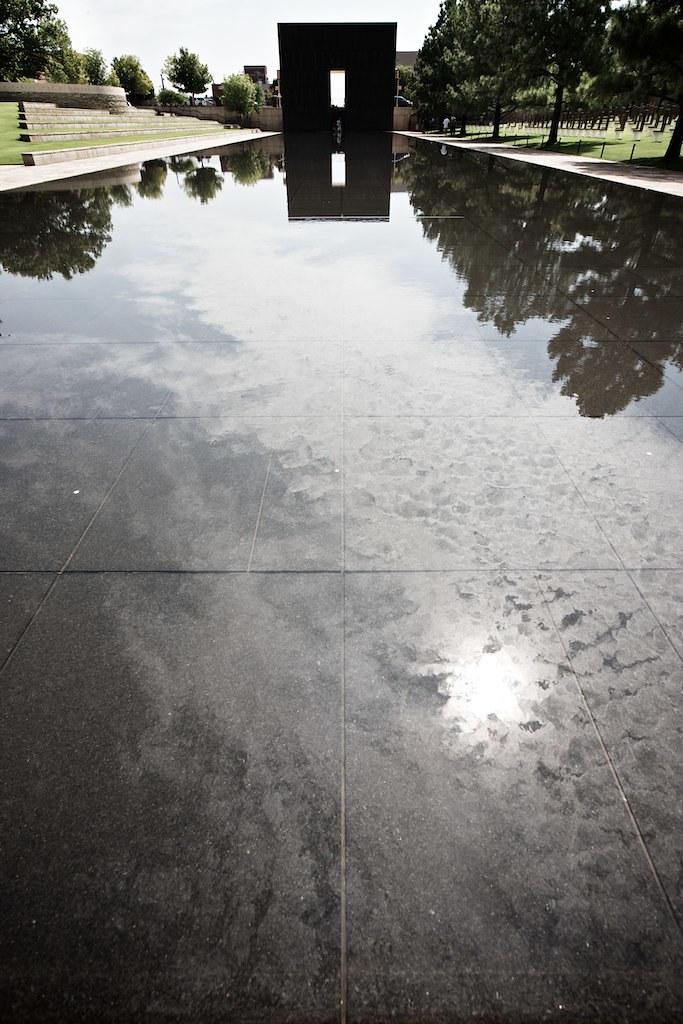
The Reflecting Pool, capped by the 9:03 gate.
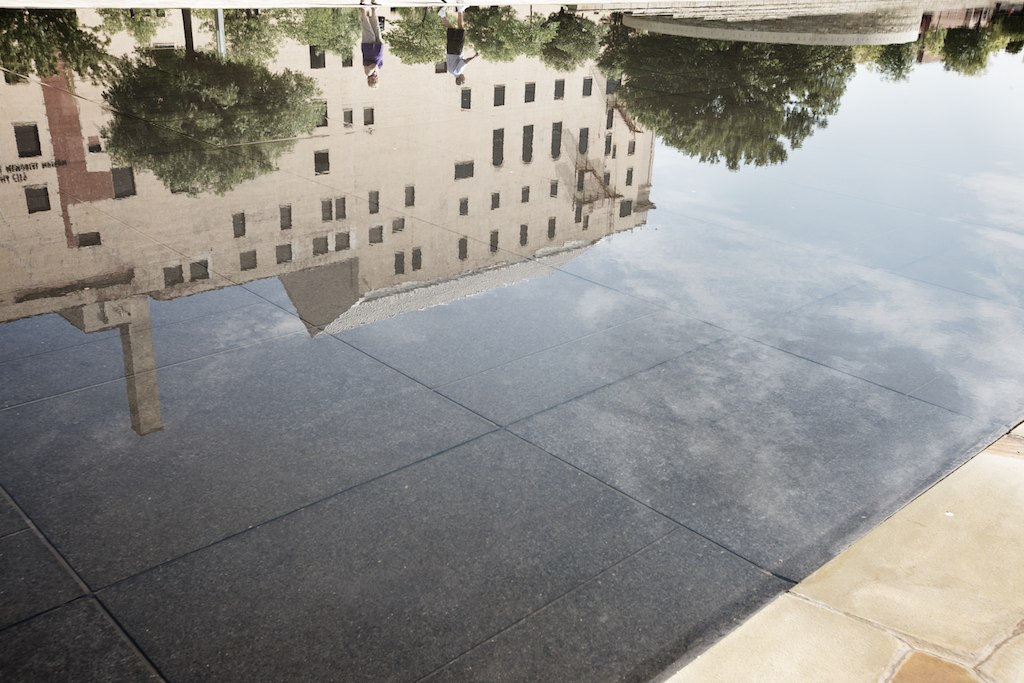
The Reflecting Pool, revealing the Memorial Museum. The museum is housed in the former Journal Record building, which largely survived the blast. However the outside wall has been mostly left as it was that fateful day, scarred for the world to see.
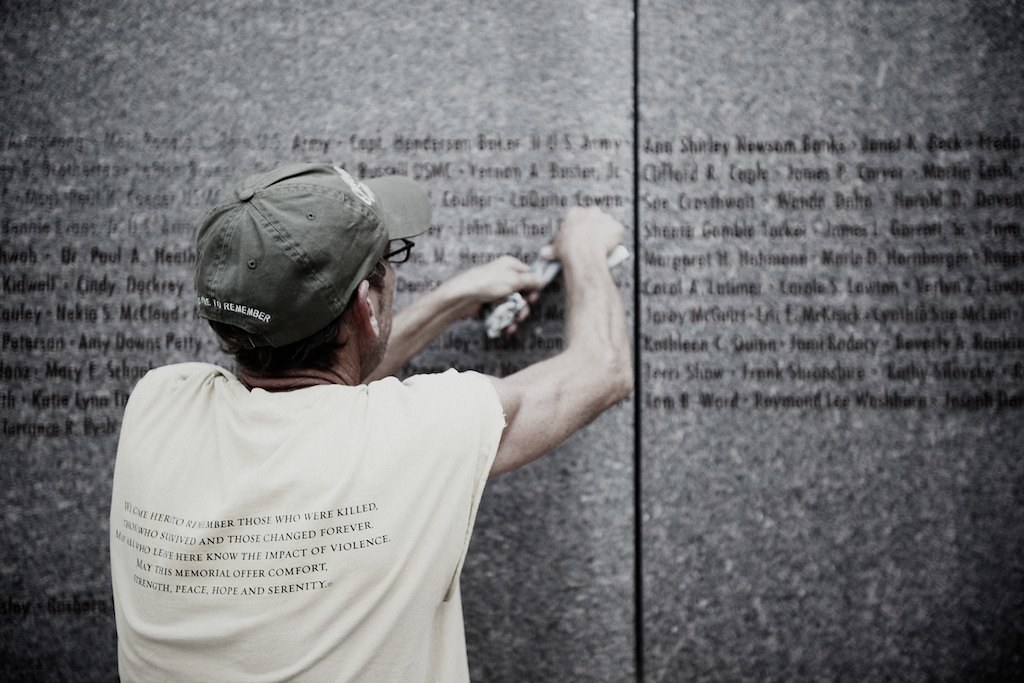
A volunteer is “painting” the inside of the engravings on the rock wall, making names of the victims easier to read.
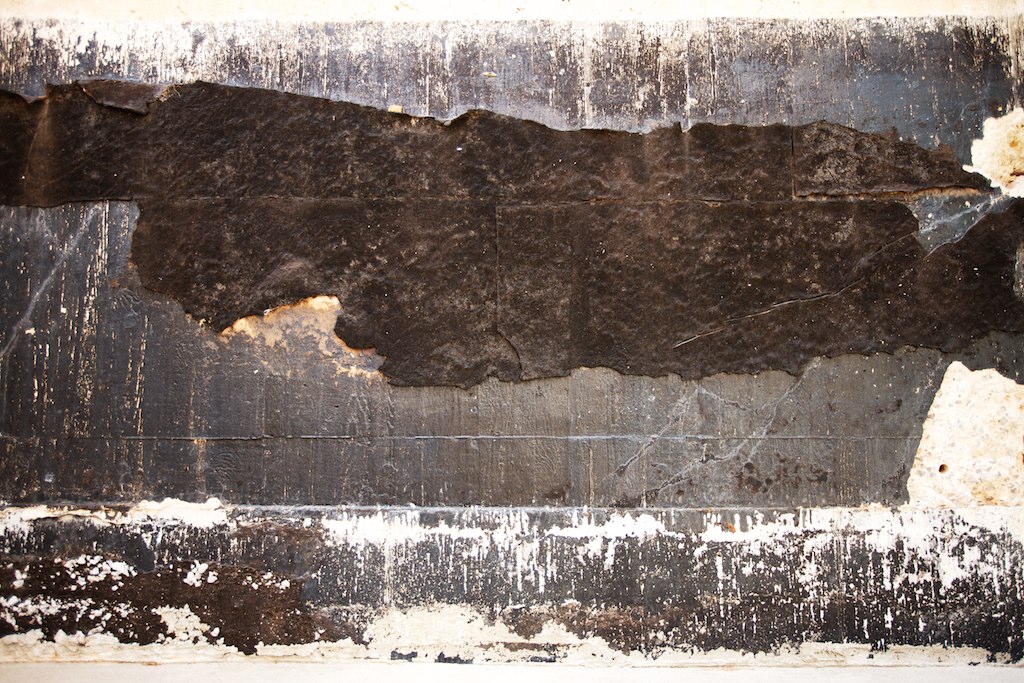
A fragment of the original building, as it was left after the bombing.
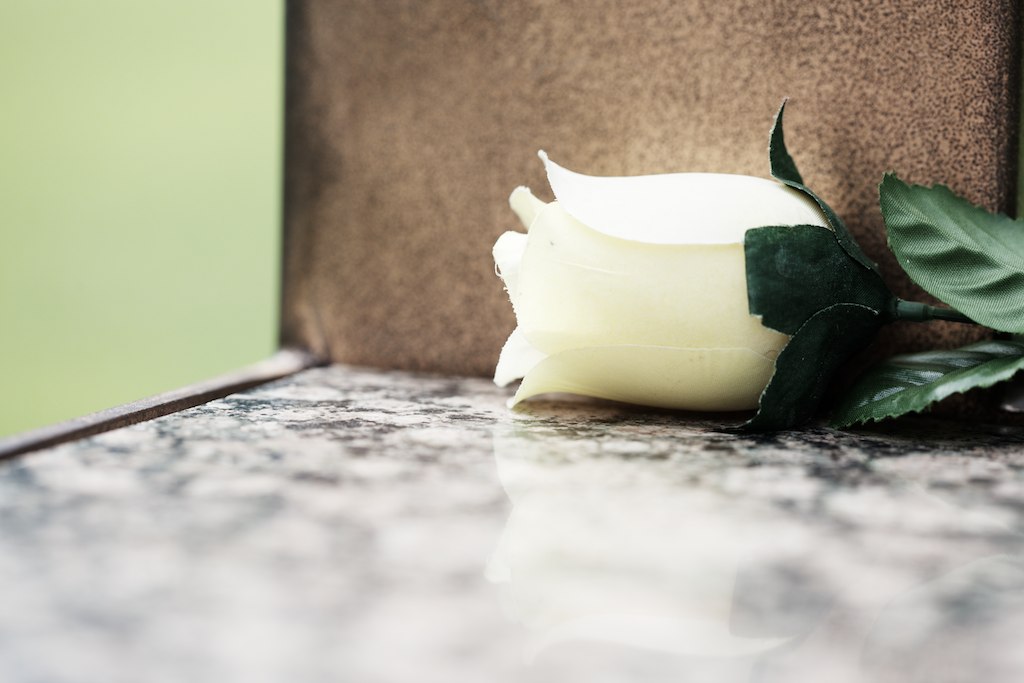
A silk rose, left on one of the memorial chairs. Many of the chairs are small—for each child lost in the blast.

The entrance to the memorial is flanked by a chainlink fence for visitors to attach memories and tributes to. Even now, 15 years after the bombing, at least twice a year these tribute walls must be cleared to make room for more.
